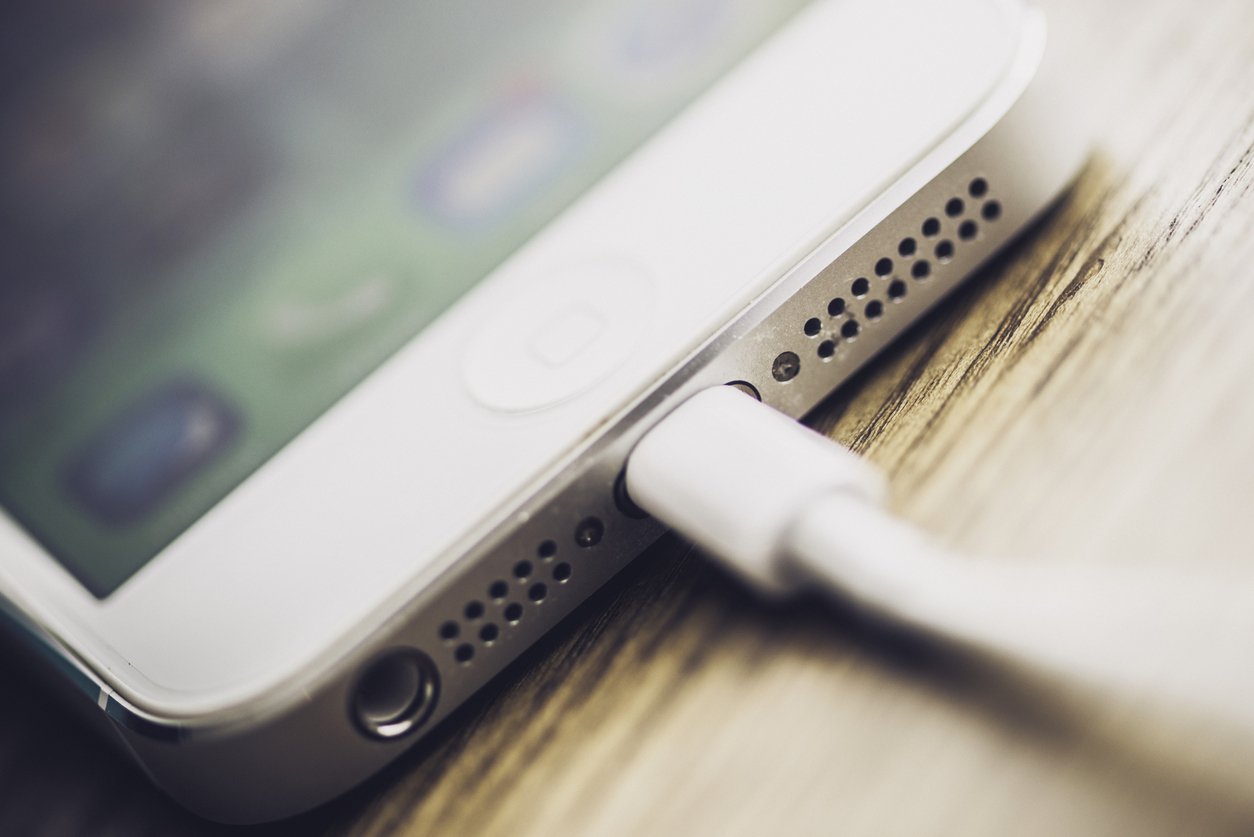
Why You Should Stop Keeping Your Phone Charger Plugged In
We know that most people are looking to save money on their electrical bill. But, are you even aware of what is really costing you money on your electrical bill? There are many everyday things that we often leave plugged in that could be sucking energy that you’re not even realizing, one of them being your phone charger.
Many appliances in your home suck up electricity while they’re not in use and could be costing you big bucks. So if you feel like your electric bill is always high, here are a few reasons why you should never keep phone chargers and these other devices plugged in when not in use.
What Else Do You Have Plugged In?
New televisions, laptops, cell phones, and more all suck up power when not in use — so why would you want to add phone chargers to that? Though one phone charger may not suck a lot of energy on its own, when combined with these electronics and all the other phones in your house, it could add to a hefty electrical bill.
It Can Also Lead to Safety Issue
Though your phone charger isn’t an immediate danger, leaving it plugged in long-term can cause a spark. This is more likely when a device is plugged into the charger, however, your device is still pulling power while it’s plugged, meaning there always a chance that it could lead to an electrical fire.
How to Avoid This
Beyond making sure your major appliances and phone chargers are not plugged in for long periods of time, you can also invest in a power strip. By placing many of these devices on a power strip, you are allowing yourself leeway to keep them plugged in 24/7.
With one simple switch of the power strip button, you have the easy option of shutting off power to all these energy sucking devices. Not only will it help prevent an electrical fire, it can also save energy waste.
TFC Electric provides residential and commercial electrician services to homes and businesses across Suffolk County, Long Island. Contact us online to get started with a free estimate, or call (631) 589-2800.